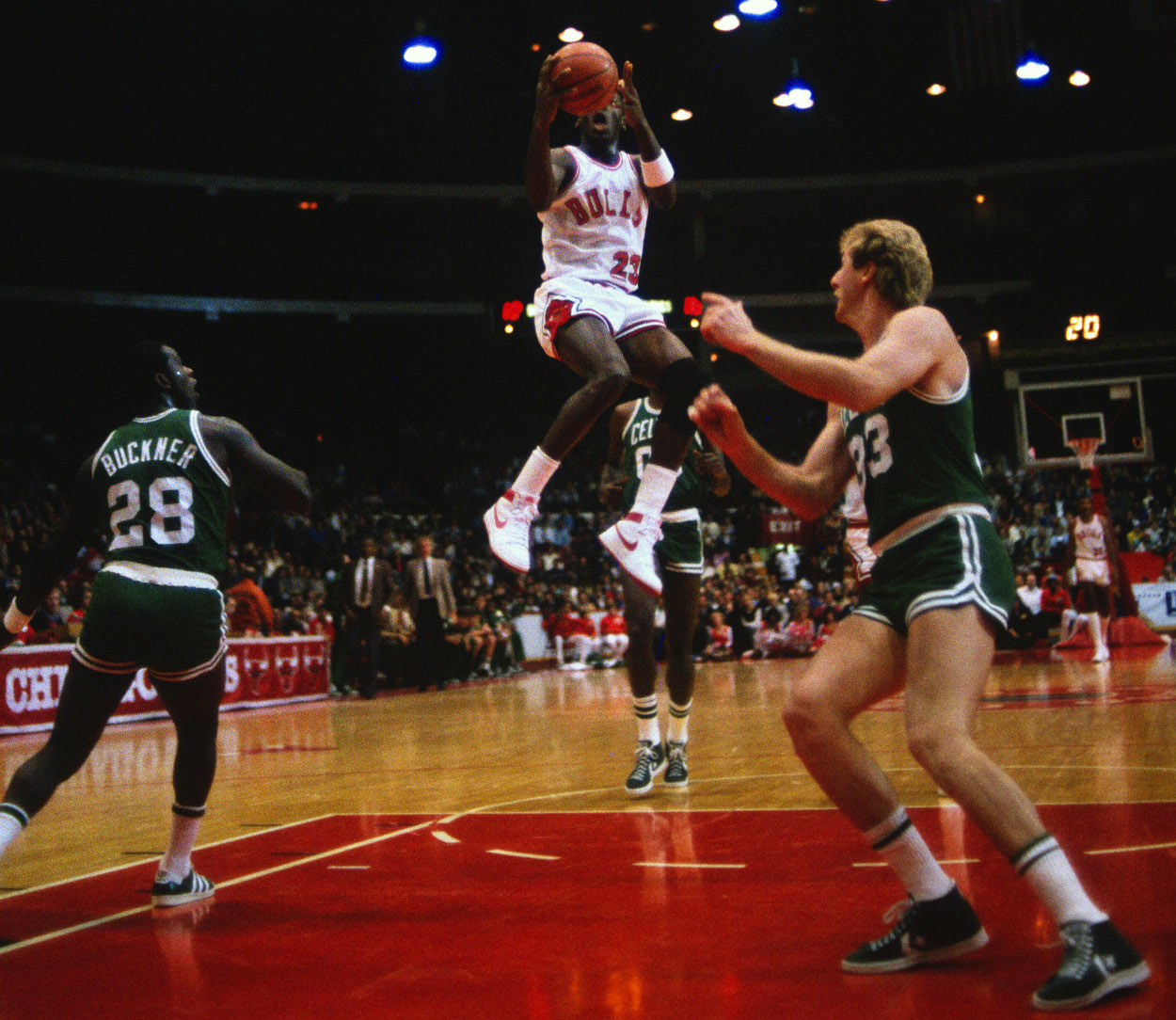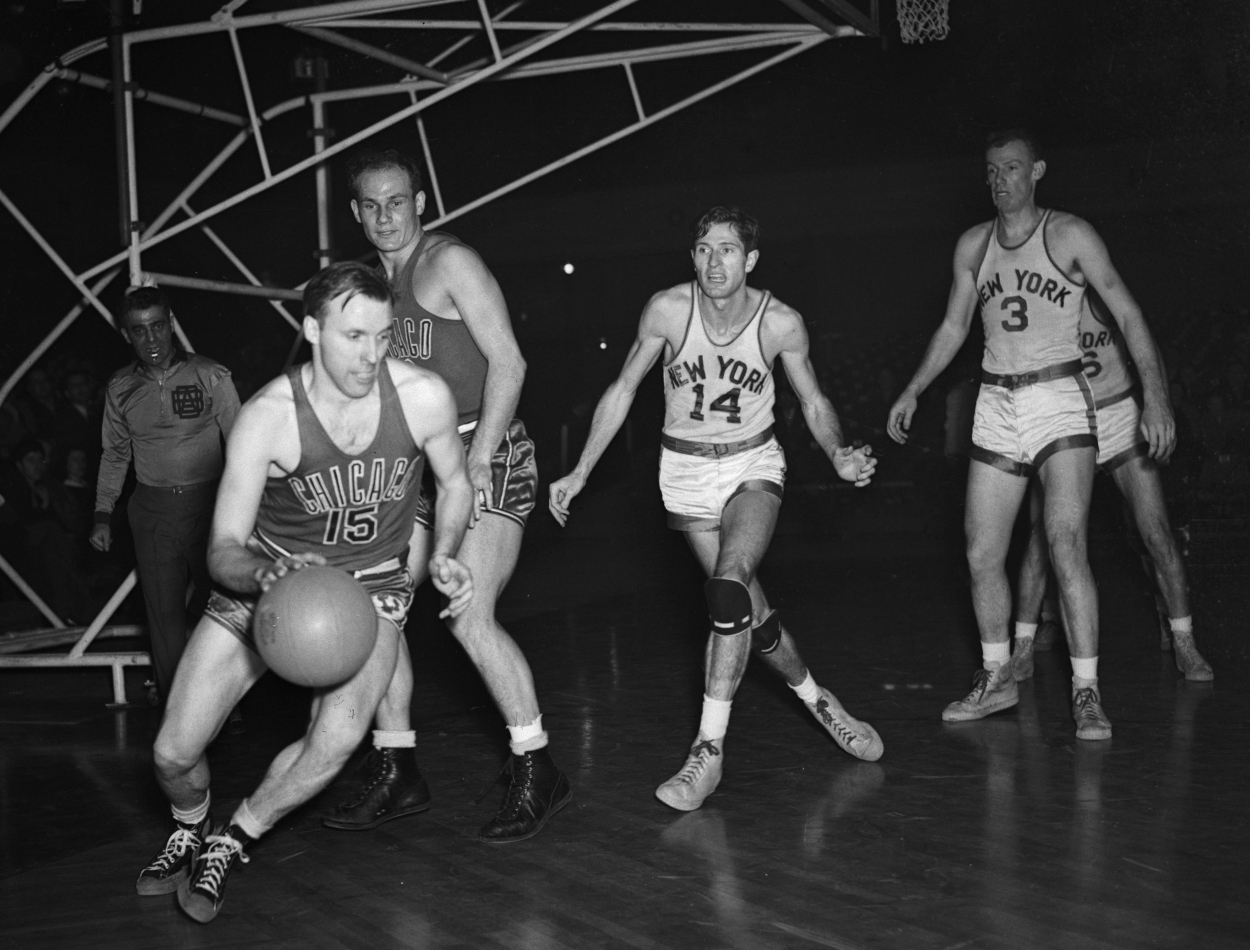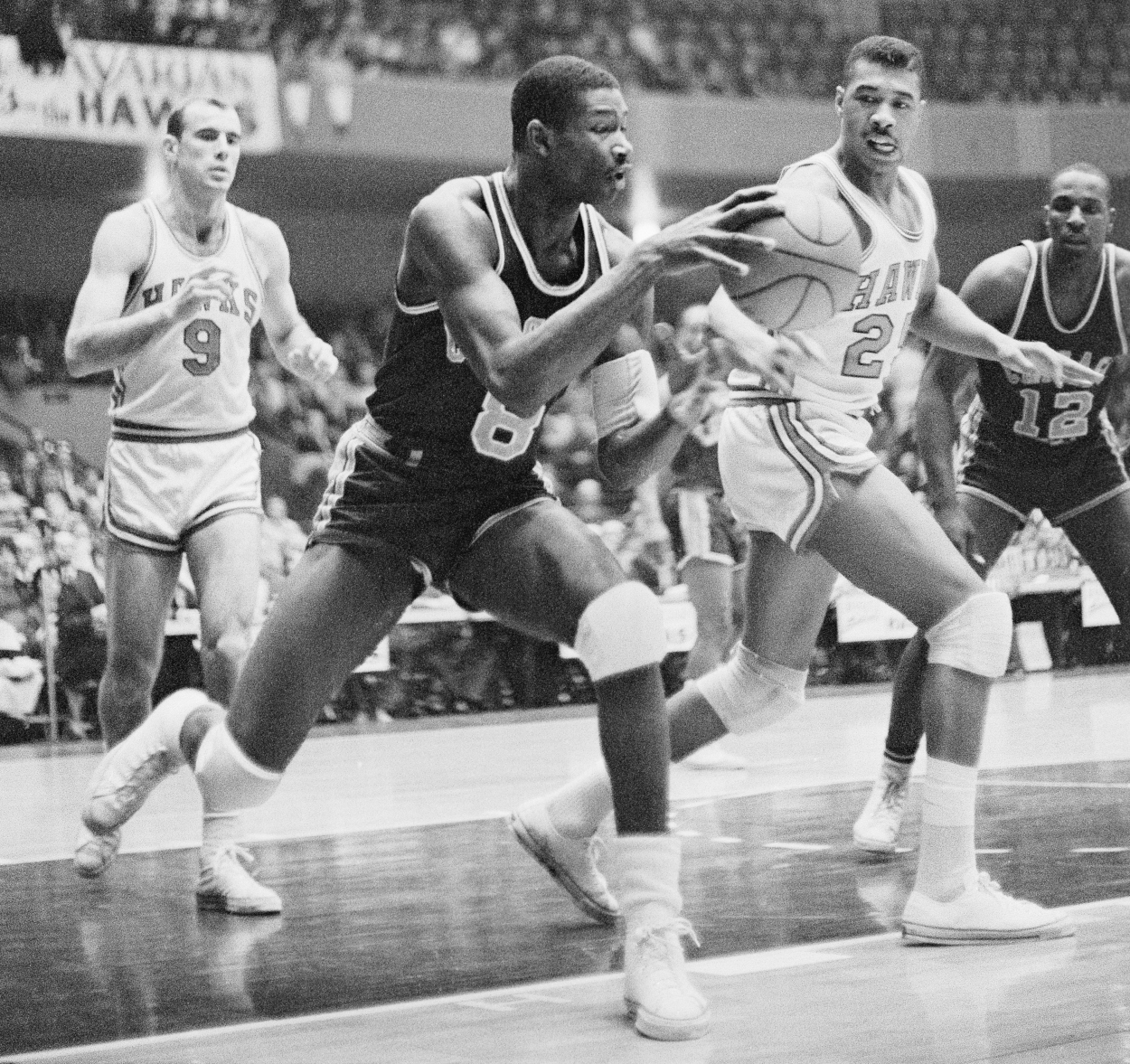NBA
Before Michael Jordan, the Chicago Bulls Nearly Left for Kansas City

Given how synonymous Michael Jordan is with the Chicago Bulls (and vice versa), it’s hard to comprehend how close the merger between the player, team, and city came to happening somewhere else. But Chicago had trouble gaining traction as an NBA city, and the Bulls narrowly avoided the fate of the NBA’s first two attempts to gain a foothold in the Second City.
The Bulls had some rough times in their early history. In the franchise’s fourth season, it scheduled eight of its 41 home games in another market. Ownership hedged its bets in Chicago and worked on an exit strategy. Attendance was laughingly low at times. There were definite warning signs the NBA could fail in Chicago a third time.
A team called the Stags was the first predecessor to the Chicago Bulls

Back when founded as the Basketball Association of America, one of the 11 charter franchises in the league was the Chicago Stags. Playing their home games at Chicago Stadium, the Stags reached the BAA Finals in the loop’s inaugural season in 1946–47. They beat the St. Louis Bombers in a one-game playoff to win the Western Division title.
The playoffs matched third-place teams against each other, along with a head-to-head matchup between the runners-up from East and West. Those teams played in a best-of-three quarterfinal series, with the winners meeting in a best-of-three semifinal series. Meanwhile, the division champions played in a best-of-seven semifinal series. Yes, a league voluntarily set up its playoffs in a way that ensured the two best teams absolutely could not meet for the championship.
The Stags stunned the Washington Capitols in a seven-game series. Washington finished a league-best 49-11 under coach Red Auerbach. In the Finals against the Philadelphia Warriors, Chicago barely avoided being swept by the East’s No. 2 finishers.
The Stags made the playoffs four straight seasons and survived the 1949–50 merger between the BAA and the National Basketball League. Despite four consecutive seasons better than .500, however, the Stags folded on Sept. 25, 1950, a little more than a month before the scheduled start of the regular season.
NBA expansion comes to Chicago, take 1

Throughout the early 1950s, the NBA contracted from 17 teams in the first post-merger season to eight by early in the 1954–55 season. A shift from small cities to larger markets dominated the later part of the 1950s. The Royals moved from Rochester to Cincinnati, the Pistons shifted from Fort Wayne to Detroit, and Milwaukee lost the Hawks to St. Louis.
The NBA expanded for the 1961–62 season, adding the poorly named Chicago Packers. In retrospect, giving the team the same name as the pro football team’s biggest rival might not have been the most fantastic idea.
For its second season, the franchise rebranded itself as the Chicago Zephyrs. And just like that, the NBA was gone once again. The Zephyrs left for Baltimore for the 1963–64 season. They’re known today as the Washington Wizards.
The Chicago Bulls are born long before Michael Jordan’s arrival

In 1966, the NBA added a 10th team to the ranks. Once again, the league tried to gain a foothold in Chicago with the expansion Bulls. In a season during which eight of the 10 teams reached the playoffs, the Bulls went 33–48 and finished three games ahead of Detroit. The 1966-67 Chicago Bulls are still the only first-year expansion team to make the NBA Playoffs.
But they fell to 29 wins in 1967–68, despite reaching the postseason again. A 33-win campaign in 1968–69 fell short of the playoffs.
In 1969-70, the Bulls scheduled eight home dates for Kansas City because attendance had steadily plunged during the first three years. It reached its low point on Nov. 7, 1969, when the Bulls beat the Seattle SuperSonics in front of a less-than-capacity crowd of 891 at Chicago Stadium, per NBA.com. The Bulls’ fortunes changed, however, with 39 wins and a playoff spot that season.
From there came the contending clubs of the early to mid-1970s that fell short of their star-studded foes in the West in the Milwaukee Bucks and Los Angeles Lakers. The Bulls were in the West before going to the Eastern Conference in the NBA’s 1980 realignment.
In 1984, the Bulls drafted Michael Jordan third overall, and the rest is history. Six championships later, the Chicago Bulls are an institution, and the idea of the team playing anywhere else borders on heresy.
And just how weird would it have been to hear, “Aaaaaaaand now, the starting lineup for your …. Kansas City Bulls!!!!!” It boggles the imagination.











